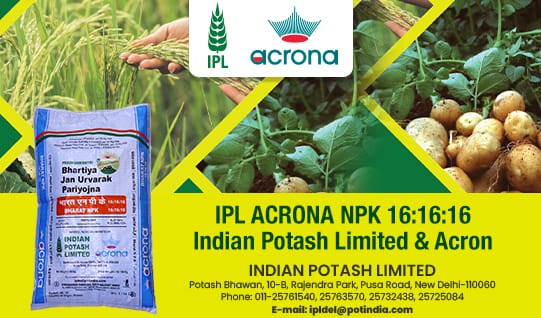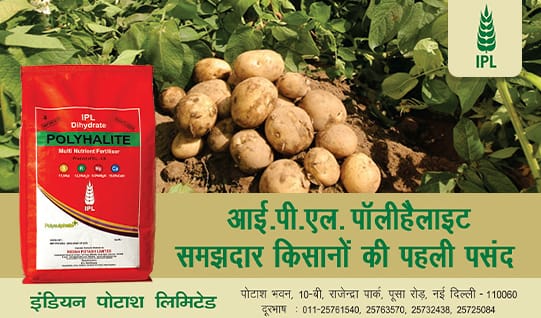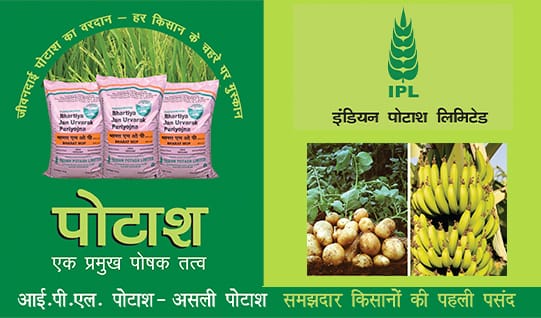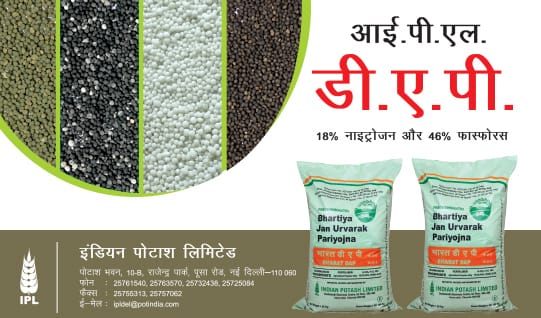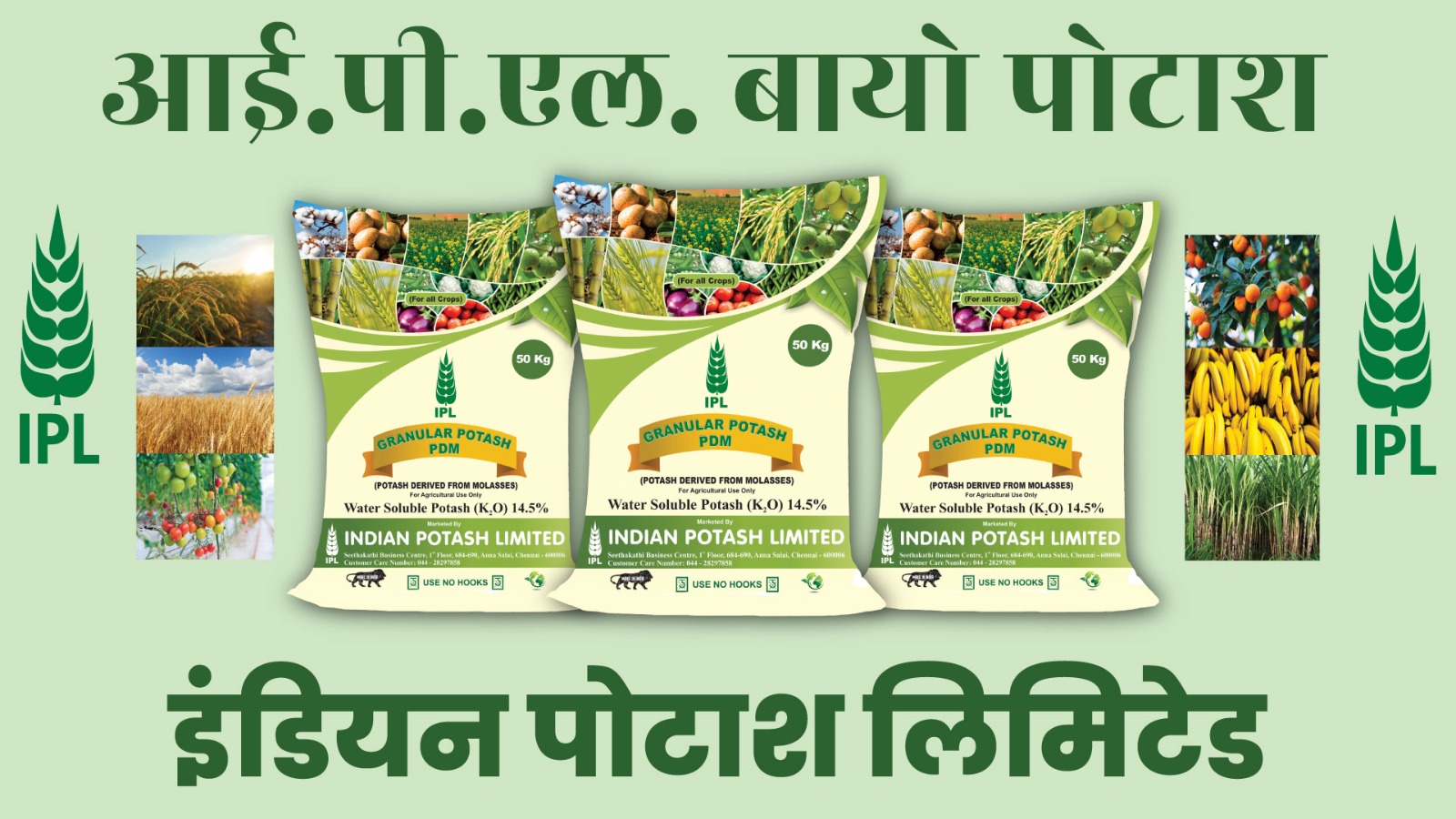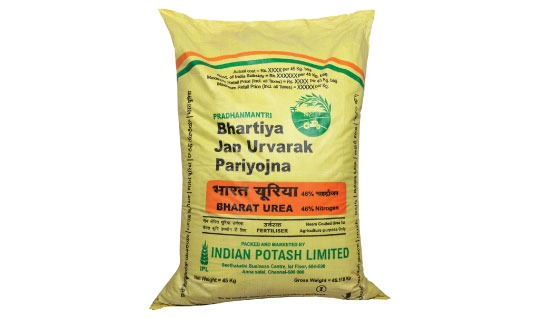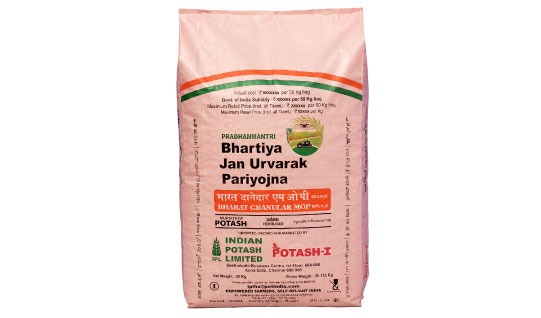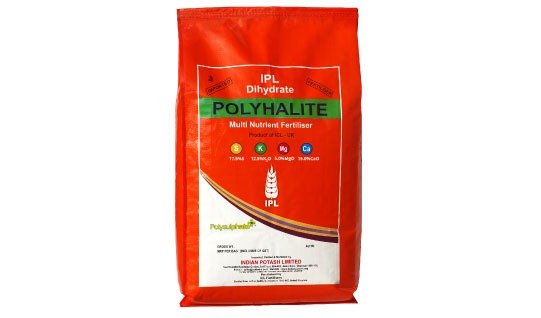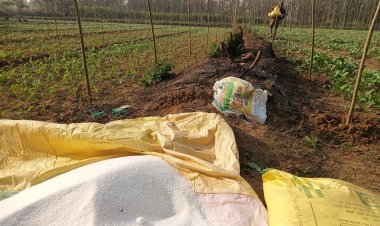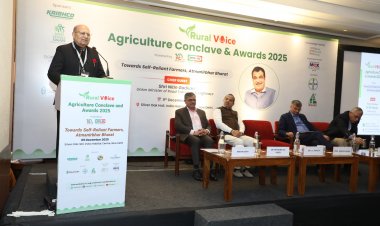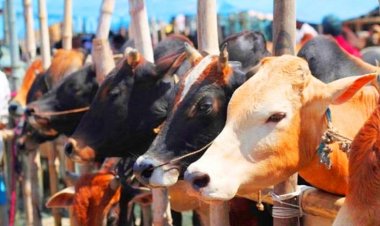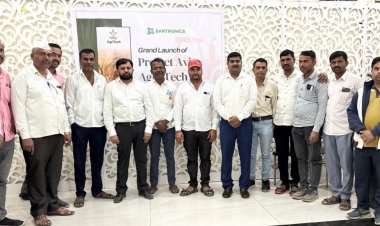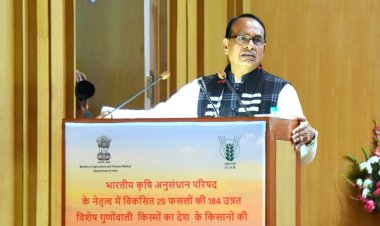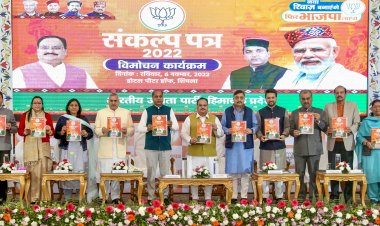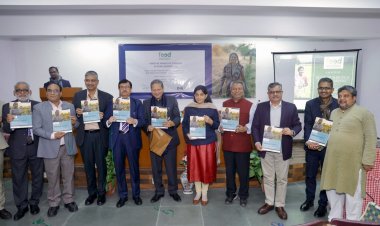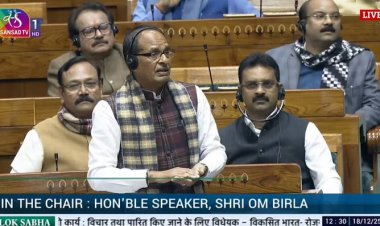India imposes 11% duty on lentils import, duty-free import of yellow peas extended till May
As per the notification from the Ministry of Finance, effective March 8, the government has imposed a 5
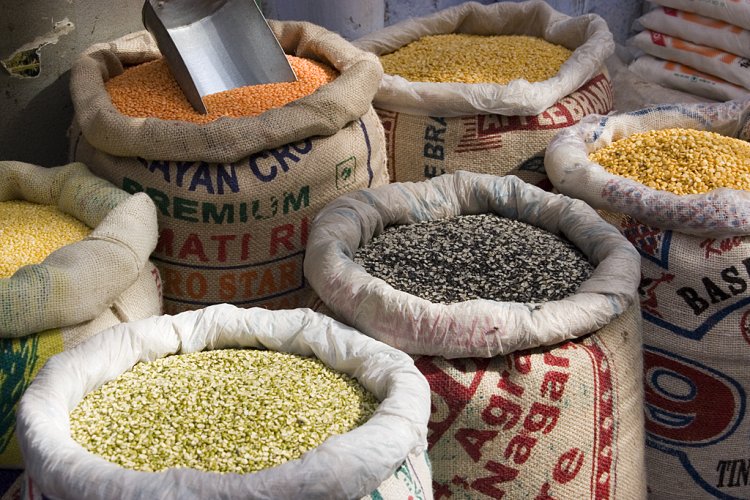
The Indian government has made two key decisions regarding the import of pulses. According to a notification issued by the Ministry of Finance, an 11% import duty has been imposed on lentils, while the duty-free import of yellow peas has been extended until May 31, 2025.
As per the notification from the Ministry of Finance, effective March 8, the government has imposed a 5% Basic Customs Duty (BCD), a 5% Agriculture Infrastructure Development Cess (AIDC), and a 1% Social Welfare Cess (SWC) on lentil imports. Until now, lentils were being imported into the country duty-free.
The duty-free import of yellow peas was initially allowed in December 2023, and this exemption was extended multiple times, now lasting until February 28, 2025. Nearly half of the total imported pulses in India consist of yellow peas. To curb the rising prices of pulses, the central government had already announced duty-free imports of several pulses until 2025.
In 2017, the central government had imposed a 50% import duty on yellow peas to promote domestic pulse production. However, in 2023, it reversed this policy and allowed the duty-free import of yellow peas. Due to their lower cost, yellow peas are often used as a substitute for chickpeas.
Impact on Chickpea Prices
It was expected that the Indian government would discontinue duty-free imports of pulses, but the extension of duty-free imports of yellow peas for another three months could lead to a decline in chickpea prices.
The duty-free import of pulses affects domestic pulse prices, preventing farmers from receiving fair prices for their crops. The imposition of an 11% import duty on lentils is expected to help protect pulse farmers from the impact of cheap imports.
However, by continuing the duty-free import of yellow peas, the central government appears to be acting against its goal of achieving self-sufficiency in pulses and ensuring fair prices for farmers. The duty-free import of yellow peas will also affect the prices of chickpeas and other pulses.
Good Chickpea Harvest, Prices Drop Below MSP
During the 2024-25 Rabi season, the acreage under chickpea cultivation has increased from 95.87 lakh hectares last year to 98.55 lakh hectares this year, leading to expectations of a good harvest. However, as the new Rabi crop arrives in markets, chickpea prices in several markets have fallen below the MSP of 5,650 per quintal.
Despite being the world's largest producer of pulses, India imports around 15-20% of its annual pulse requirement, which amounts to approximately 60-70 lakh tonnes of pulses each year.



 Join the RuralVoice whatsapp group
Join the RuralVoice whatsapp group